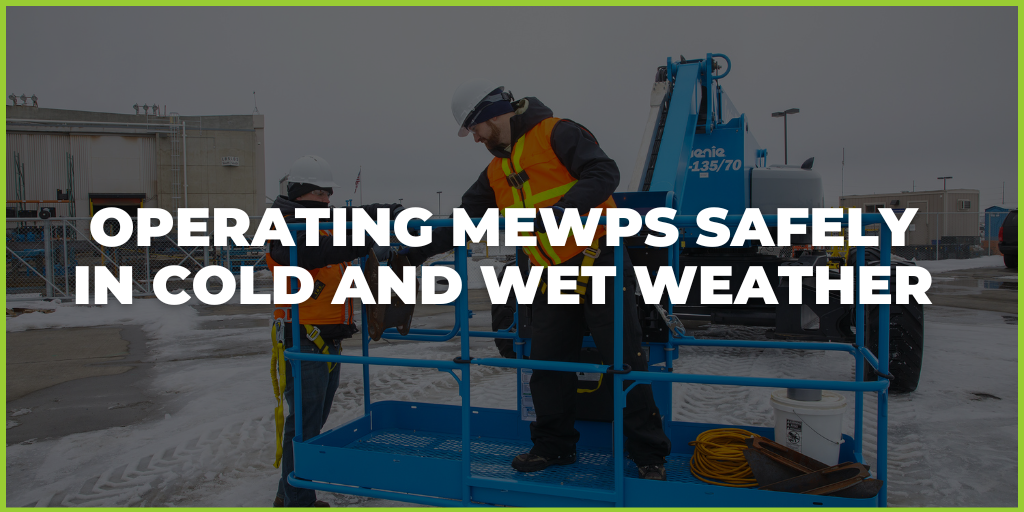The Lifting Operations and Lifting Equipment Regulations 1998 (typically shortened to LOLER) place a duty on those who operate and/or have control over lifting equipment. To be clear, this includes all organisations whose employees use lifting equipment, regardless of whether they own it or not. This legislation is a reflection of the fact that lifting equipment can be hazardous and pose a risk to human safety if not operated and maintained correctly.
Lifting equipment is usually work equipment and therefore PUWER may also apply. This blog is a high level introduction to LOLER and marks the start of a series of lower level articles which will be hugely informative to organisations who use lifting equipment.
LOLER summarised
At a very high level the regulations state that if an organisation is using lifting equipment they should:
- Plan the use properly
- Use competent people to operate it
- Supervise them appropriately
- Ensure the work is carried out safely
Definitions
It is useful to present a couple of definitions to contextualise the regulations.
- A Lifting Operation is defined under LOLER as ‘an operation concerned with the lifting or lowering of a load.’
- Lifting Equipment refers to the work equipment used for lifting and lowering loads. It incudes but is not limited to overhead cranes, MEWPP’s, vehicle tail lifts, patient hoists and fork lifts. Furthermore it also includes lifting accessories such as hooks, chains, and spreader beams.
Selecting the right equipment
There are general obligations under PUWER with respect to the suitability of work equipment. However this is provided for under LOLER which states that lifting equipment must:
- Be of adequate stability and strength.
- Positioned/installed in a way, as far is as reasonably practicable, that reduces risk.
Furthermore, there are additional requirements such as additional checks when equipment is being used to lift people (i.e. patient hoists).
Marking lifting equipment
It is a requirement under LOLER that all lifting equipment and accessories are clearly marked with their safe working loads (SWL). This refers to the maximum load that can be safely lifted by the equipment. If the equipment is lifting people, it should state how many people it can safely lift.
Planning and organising lifting operations
All lifting operations must be planned by a competent person, supervised appropriately, and carried out safely.
Thorough examination
There are a number of situations when lifting equipment must be thoroughly examined. These include:
- Before it is first used.
- When it is installed or reinstalled at another site.
- When it is exposed to conditions that could have caused deterioration that could reasonably be expected to result in incorrect performance and therefore danger.
- Periodic examination
In Summary
LOLER is an important regulation to ensure the safety of people when lifting equipment is in use. As part of this blog series we will be covering some of the practical points organisations need to be aware of to ensure they are compliant with LOLER.
How much do you think you know about LOLER? Take the quiz and test your knowledge!






